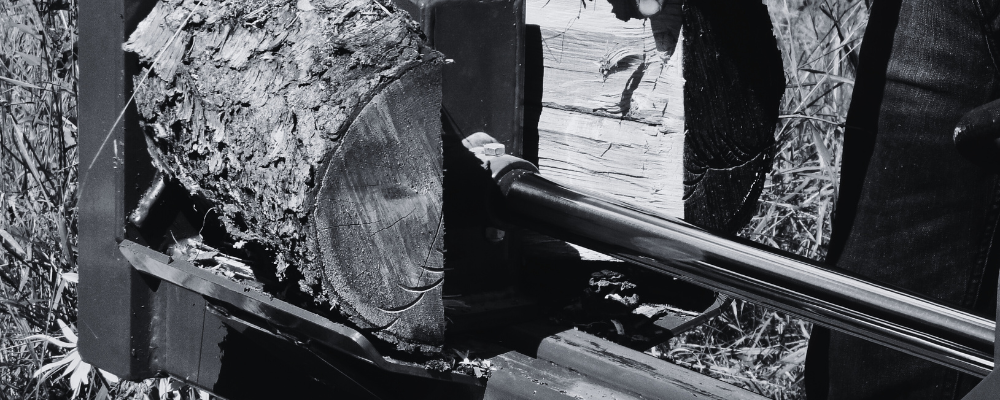How much tonnage or force can I get from my log splitter or hydraulic press?
The tonnage or force you can expect from your log splitter or hydraulic press depends on several factors, primarily the hydraulic pressure (measured in PSI or Bar) and the surface area of the piston or ram (measured in square inches or square centimetres).
To calculate the force:

For example, a hydraulic log splitter operating at 3,000 PSI with a piston area of 5 square inches will generate:

Thus, the force depends on your machine's specific hydraulic pressure and piston size.
In addition to pressure and piston area, here are other key factors that influence the tonnage or force of a hydraulic log splitter or press:
- Cylinder Bore Size: The larger the diameter of the cylinder, the greater the surface area for hydraulic pressure to act on, increasing force. This is particularly important for achieving higher tonnage in hydraulic presses.
- Stroke Length: The stroke length refers to how far the piston can travel. A longer stroke might not affect the tonnage directly, but it allows for splitting or pressing larger items more efficiently.
- Flow Rate: The speed at which hydraulic fluid flows through the system impacts how fast the piston moves. A higher flow rate can improve the efficiency of the system without directly influencing force, but faster cycles can improve overall performance.
- Pressure Relief Valve Settings: The system’s relief valve controls the maximum pressure. If the relief valve is set too low, the system will not reach its potential maximum force. Adjusting or ensuring proper calibration can help you reach the desired tonnage.
- Hydraulic Fluid Condition: The viscosity and cleanliness of the hydraulic fluid are essential for proper force output. Contaminated or improper fluids can reduce efficiency and limit the force of your log splitter or press.
- Mechanical Efficiency: Not all of the theoretical force generated is usable because of friction and other mechanical losses. Ensuring that your system is well-lubricated and maintained will improve overall efficiency and help reach the maximum force potential.
By optimizing these variables, you can maximize the performance of your log splitter or hydraulic press to achieve its full tonnage potential. Always consult the manufacturer's specifications for the recommended pressure settings and cylinder sizes to ensure accurate force output.
Check out this force calculator or from Cicrosa, who are experts in designing and manufacturing hydraulic cylinders.

Flowfit: Your Ultimate Destination for Log Splitter Components
Contact us today to speak with one of our hydraulic specialists and explore your options. You can also shop for log splitter kits & components directly through our website.
The total one-stop supplier for hydraulic components & systems
Get in touch
Parys Road
Ludlow
Shropshire
SY8 1XY








